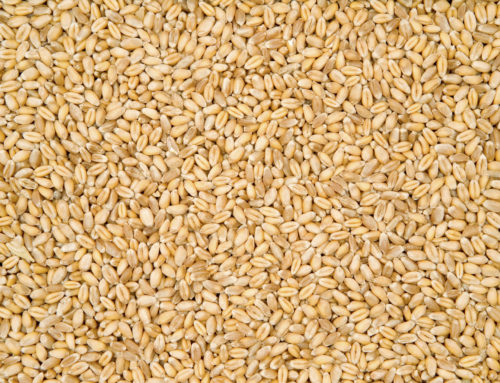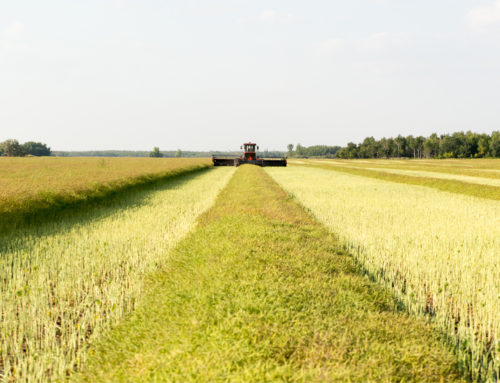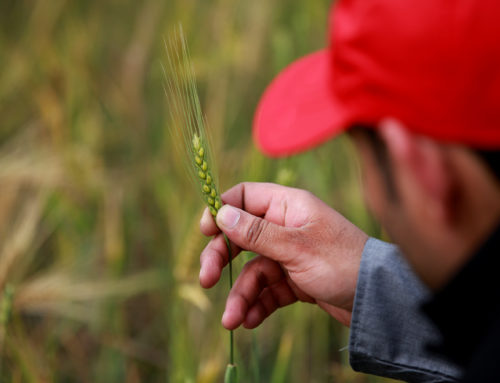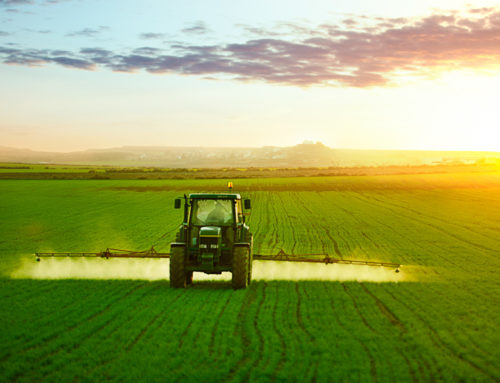Will the changing Canadian demographic have an effect on what will be produced on our farms in the future?
“Canada is rapidly moving from being a white country to becoming a brown country,” stated Darrell Bricker, CEO of Ipsos Global Public Affairs speaking at the GrowCanada Conference in Calgary and as quoted in the Manitoba Co-operator in January 2014.
“What are you doing for these consumers?” asked Bricker of the Western Canadian agricultural community.
Speaking at the same conference in Calgary, Jean-Phillipe Gervais said, “We need to talk about the consumer because, quite frankly, the supply chain model is totally different than it was 20 years ago. The consumer is really making known what their preferences are and retailers are relaying this to processors and processors to farmers and producers.”
We have seen a shift in ethnicity of immigrants over the last 50 years, according to Stats Canada. In the early 1970s, the majority of immigrants into Canada were from Europe but by the late 1980s over half of our immigrants were from Asia. Now China, Phillipines, and India are the countries of origin of the majority of Canada’s immigrants.
However, this is only one shift in our changing demographic. We are also seeing a change in the relative proportions of age groups in Canada with the senior group growing significantly due to increasing life expectancy and the youth group shrinking.
Understanding the changes in population demographics and lifestyles is the basis for understanding consumer demands within our country. There are more people with different ethnic backgrounds, lifestyles, and tastes than ever before and it is causing a shift in the market place.
According to Stats Canada, “as an increasing number of young Canadians have direct links to the world beyond our borders, further ‘internationalization’ of Canadian consumer demand can be expected. Cultural differences are indeed an increasingly important factor in the broader context of research in consumer matters.
Bricker also stated at the GrowCanada Conference that, “Dairy is going to go through some really important industrial changes. I mean that domestic consumption is going to change and they will have to react. These demographic changes will also lead to opportunities such as developing alternatives for Canadians who now prefer rice.”
It used to be that we grew it, we processed it, we sold it. That was the market. Now we are experiencing consumers making demands on the food industry and the grower, they are no longer willing to buy something just because that’s what’s available.
Canada is a changing country. Our population is older, wealthier, and more ethnically diverse than ever before and will likely continue to change. The key to continued success for producers, farmers, and processors is to be aware of the changes and a willingness to understand how the changes may affect them in the future.







Leave A Comment